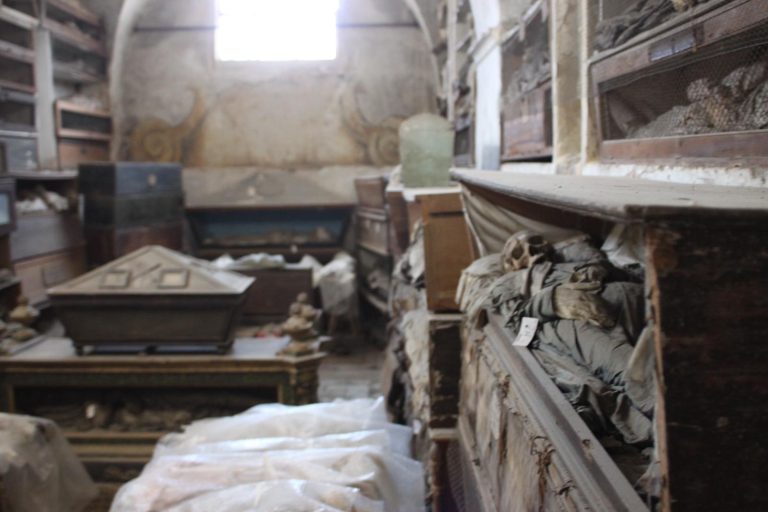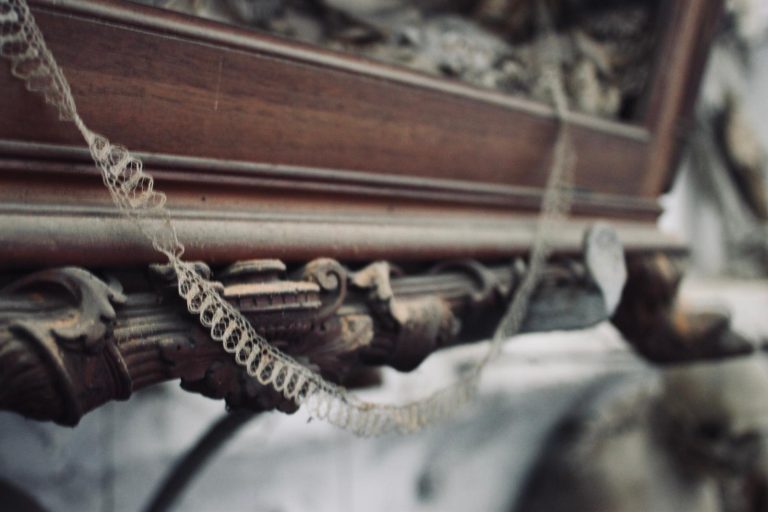Le Catacombe dei Cappuccini di Palermo sorsero come luogo di sepoltura dei frati del convento ed il loro attuale sviluppo è, per certi versi, frutto del caso. I Frati Cappuccini si stabilirono a Palermo, presso la chiesa di Santa Maria della Pace, nel 1534. Avevano creato un cimitero in cui seppellire i propri confratelli scavando una fossa comune che si apriva, come una cisterna, sotto l’altare di Sant’Anna.
Soon, however, the Capuchin community grew and by 1597 the first room of the cemetery, the pit/tank, became insufficient. For this reason, excavations were begun to create a large cemetery behind the main altar, using the existence of ancient caves. After two years the new cemetery was ready and it was decided to transfer the brothers from the overflowing charnel house to the new resting place.

